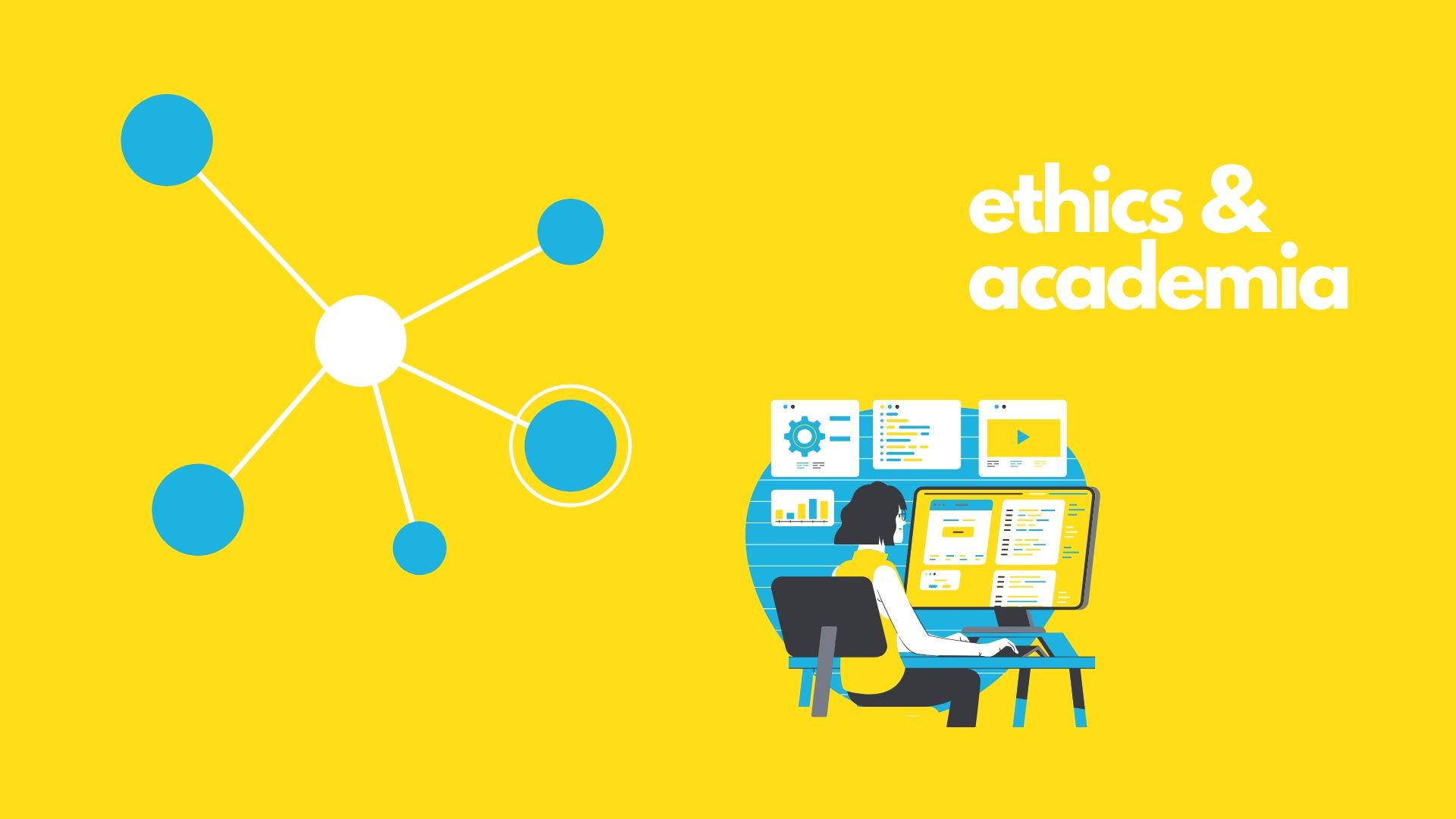Digital Ethics: Rhetoric and Responsibility in Online Aggression, edited by Jessica Reyman & Derek M. Sparby
Review by Bailey Poland
Digital Ethics and Academia
As with the section on classroom practice, the chapters of Digital Ethics that deal with academia could also be partnered with chapters on pedagogy or on the world more broadly. Vyshali Manivannan made the global connection perhaps most explicit in her chapter "'Maybe She Can Be a Feminist and Still Claim Her Own Opinions?': The Story of an Accidental Counter-Troll, A Treatise in 9 Movements" as she explored the startling overlap between the language of trolls and the language of the oft-dreaded Reviewer #2. Each of the chapters that deals specifically with academia acknowledges the ways that digital space and digital ethics intersect with research and with life as an academic.

Methodology
Two chapters offer specific methodological approaches to conducting research on digital space. In "Hateware and the Outsourcing of Responsibility," James J. Brown, Jr. and Gregory Hennis proposed the concept of hateware as an analytical framework for understanding and studying how online infrastructures reject their own culpability in harassment and "enable harassers while disempowering targets" (p. 18). Leigh Gruwell, in "Feminist Research on the Toxic Web: The Ethics of Access, Affective Labor, and Harassment," explored how digital infrastructures and harassment combine to make feminist research challenging from both practical and emotional standpoints. These chapters invite scholars to consider how we conceptualize research that deals with digital spaces—particularly toxic online spaces—and how this can affect the scholars who engage in such work. Gruwell, for example, noted an incident where her own work was taken out of context on Twitter and "spotlighted in what was clearly meant to be a derogatory way" (p. 97).
Collisions Between Academia and the Public
The disconcerting conversations between academics and non-academics in digital spaces can sometimes include such deliberate misrepresentation of scholarly work. However, as Manivannan and Jeff Rice argued in their chapters on such collisions of the academic and the public, misrepresentation is not the whole story. Manivannan described the often "inflexible, harsh, adversarial" language used by many academic reviewers and the ways that trolls co-opt, adapt, and use similar phrasing to highlight and exploit academia's own flaws (p. 105). She provided a surprisingly challenging quiz, inviting readers to guess which comments came from a Reviewer #2 and which came from what she called "academic trolls" (p. 112). That it is difficult to figure out the right answer in many cases is telling.
Rice's chapter, "Professorial Outrage: Enthymemic Assumptions," considered what happens when a scholar expresses anger in public space and receives backlash. Using enthymemic assumptions as a framework, Rice unpacked the different foundational meanings attributed to these moments of outrage: issues of freedom of speech and academic freedom clash with issues of "audience recognition and response" (p. 124). While I found myself searching for and not finding attention to context collapse as a factor in the moments of outrage described in the chapter, Rice's exploration of enthymemic assumptions offers a useful way to analyze and understand contentious conversational moments in digital space.
Applications
Each chapter that touched on academia acknowledged the permeable boundaries between academic and non-academic spaces, especially online. As the lives, careers, and research of academics become increasingly digital and frequently public, these chapters provide necessary interventions into the conversation. What types of attention does our work receive from digital audiences? How does online hostility affect what gets studied and by whom? What are our obligations as scholars with public-facing digital platforms? These questions and others are addressed by many of the chapters in the text, and are well worth some serious consideration by scholars as well as administrators.